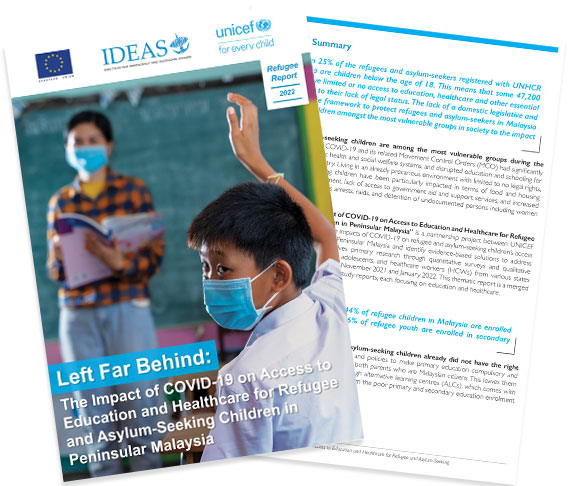
Fake medicines in Asia
Author: Philip Stevens and Dr. Helmy Haja Mydin
Fake medicines – which are either criminally motivated or the result of lax manufacturing standards – are a worsening problem, particularly in Asia. In some of poorer parts of the continent, up to a quarter of medicines fail quality tests.
Evidence shows that cheap generic drugs are the most faked medicines in Asia, although there appears to be a particular problem with anti-malarial drugs in places such as Laos and Cambodia. China and India appear to be production hotspots.
Producers and purveyors of fake medicines are exploiting the increasing globalisation of the pharmaceutical supply chain, poorly defined and enforced civil and criminal laws, and a lack of an international definition of what legally constitutes a fake medicine. International efforts to combat fake medicines have been hampered by the inability of countries to agree on a legal definition for fake medicines.
Legal scholars and health experts are now pushing for a global treaty to correct this problem and allow for greater cooperation between national authorities, but this will be many years off. At any rate, a treaty will only be as effective as the legal and regulatory enforcement capacity in the worst affected countries.
In many countries, general weakness of the rule of law is at the heart of the problem of fake medicines, so it is unclear how adding more and stricter laws and regulations will address this very basic shortcoming. Technology can help legitimate manufacturers protect their brands, and this is discussed in the next EMHN briefing paper.



